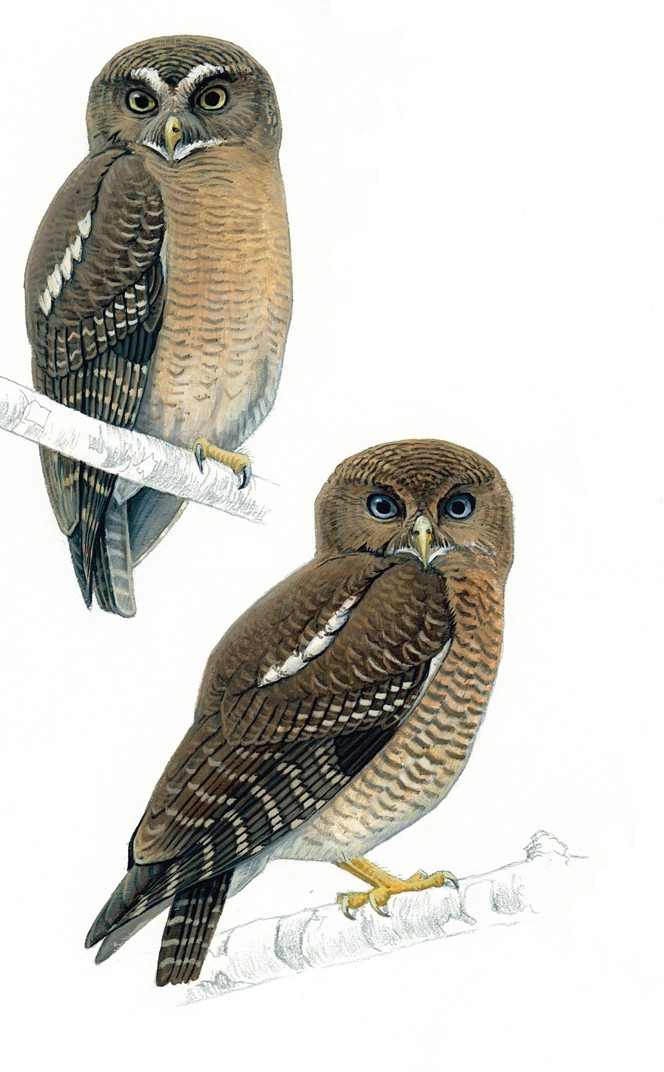Two New Owl Species Discovered in Philippines [VIDEO]

Two new species of owl have been discovered in the Philippines by Michigan State University researchers. The new species have been named the Camiguin Hawk-owl and the Cebu Hawk-owl.
The owls were discovered long ago, but it has taken 15 years to confirm that they belong to a new species.
"More than 15 years ago, we realised that a new subspecies of Ninox Hawk-owls existed in the Philippines. But it wasn't until last year that we obtained enough recordings that we could confirm that they were not just subspecies, but two new species of owls," said Pam Rasmussen, assistant professor of zoology, at Michigan State University.
The Camiguin Hawk-owl was discovered on the small island of Camiguin Sur, close to northern Mindanao. The Camiguin Hawk-owl, say researchers, has quite distinct physical and vocal characteristics from other species of owl on Mindanao, according to the findings published in the Journal of Asian Ornithology
The Camiguin Hawk-owl has blue-gray eyes and sings a long solo song at night that builds in intensity with a low growling tone. Pairs of Camiguin Hawk-owls, meanwhile, sing short barking duets that kick off with a growl, according to an msnbc.msn report.
The other owl, the Cebu Hawk-owl, was previously thought to be extinct, as the forests of Cebu are all but lost to deforestation.
The Philippines is rich in bio-diversity, and several unknown creatures have been discovered there, including 40 new species of ant.
The owl species were discovered while studying the different the sounds or vocalisations of both the owls. "The owls don't learn their songs, which are genetically programmed in their DNA and are used to attract mates or defend their territory; so if they're very different, they must be new species," Rasmussen said.
"When we first heard the songs of both owls, we were amazed because they were so distinctly different that we realised they were new species," she added.
Watch the Video
© Copyright IBTimes 2025. All rights reserved.



















